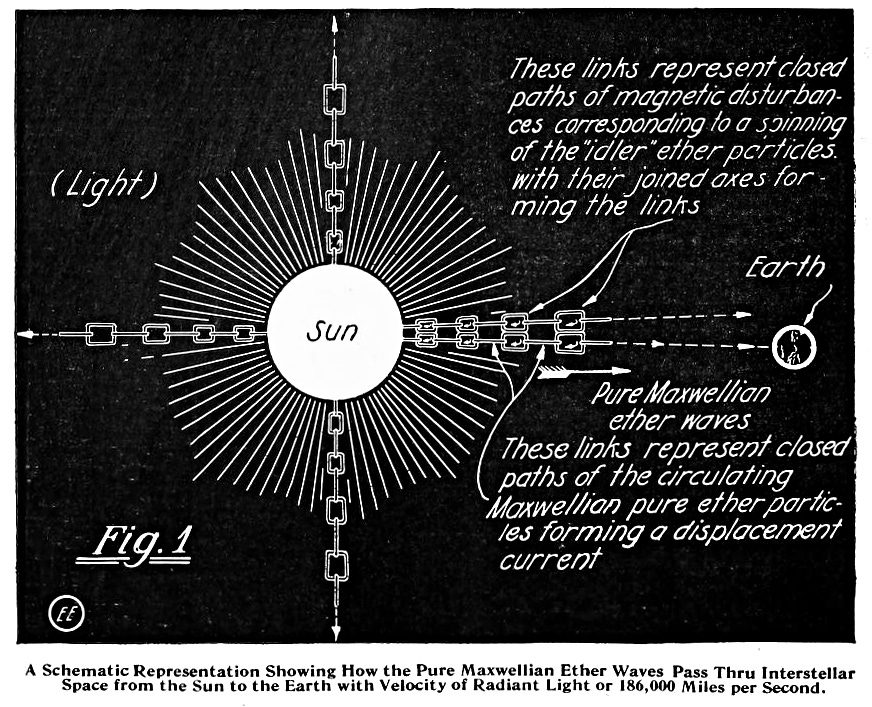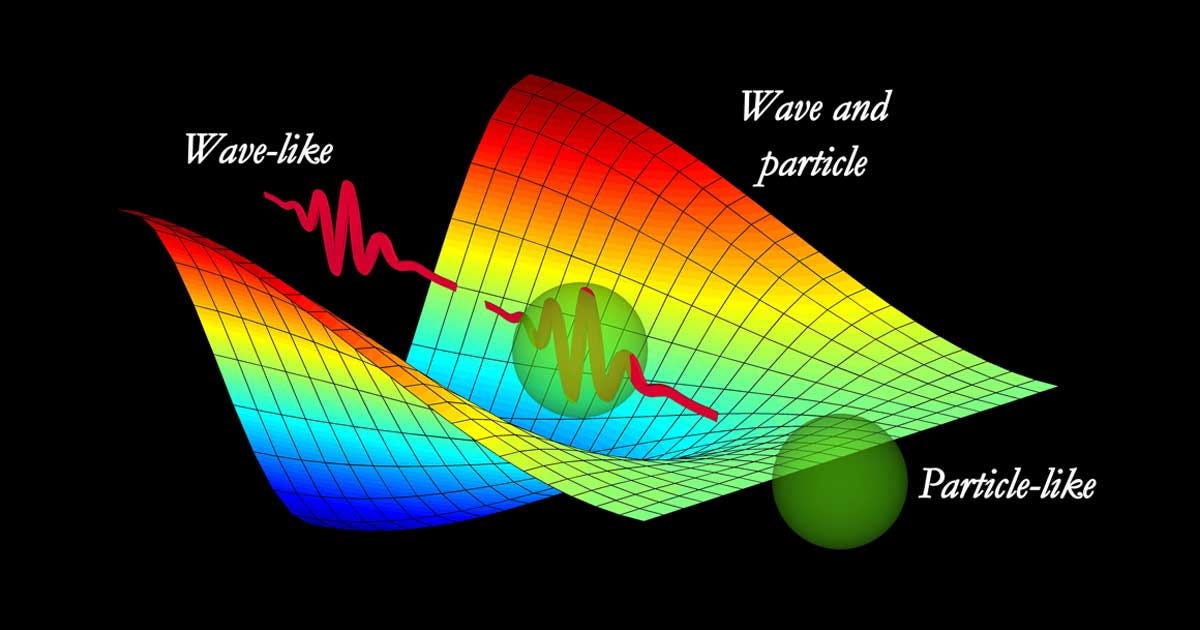Thursday, April 4, 2024
Einstein was wrong. Quantum Mechanics, Plancktons and the real world of particles.
Relativity has long been dead. Scientism. Too much worship of Einstein, too much money at risk, too many world views which could implode. 'Save the phenomena' at all costs.
by StFerdIII
Prologue
One of the great myths of the modern age is that Einstein was the most prolific and important scientist in history. This is curious since he was largely wrong and purloined most of his ideas from others. Einstein was a philosopher with mathematical skills. He was not a scientist, not a practical engineer, not a physical experimenter. Einstein never bothered to perform a single mechanical proof to support his thought experiments. He ignored his critics and would never directly respond to experiments which disproved Copernicanism, diurnal rotation or the obvious inconsistencies and illogical suppositions of Relativity.
Many posts on this substack elaborate why most of his Special Theory of Relativity (STR) is wrong. The General Theory of Relativity (GTR) which added back the ‘ether’ that STR withdrew, is only marginally more useful. Dozens of scientists and literally hundreds of thousands of experiments have disproved Einsteinian physics as posted on this substack. An exception to the above would be time dilation, another concept which Einstein did not invent but is attributed to him, which annihilates long ages (gravity slows down ‘clocks’ meaning Earth time and space time are very different, a day on Earth could be a light year in space).
What most people do not understand is that Einstein was trying to ‘save the phenomena’ of Copernicanism and the Earth’s rotation and plug the holes in Newtonian gravity and mechanics. Copernicanism has never been physically proven. It is still just a theory. Many posts outline why this is a factual statement. Einstein failed to provide any evidence to support Copernicanism, he simply accepted it as a starting point and created make-believe theories and maths to discount and discredit 100 years or more of experiments which had thoroughly ‘debunked’ the idea of the Earth’s mobility.
This is why his theory was eventually supported and enshrined as dogma. Now unfortunately we are mired in his paradigm of ‘Relativity’ a wrong turn which began long before Einstein, dating back to Galileo and is the nexus of a massive U$25 billion or larger, per annum industry. Money, power, prestige, awards, tenure and all that. $cientism.
Not a vacuum
During the early 20th century ‘quantum mechanics’ was pursued. This micro-universe of particles and molecules was absolutely anathema to Einstein and his STR (special theory of relativity) regime. No ether, no material, no ‘ponderable matter’ was allowed to exist in Einstein’s make-believe world of space. He called space a vacuum, the ultimate nothingness of nothing. It was a complete void in his unproven theories. This thought experiment is entirely incompatible with the evidence of our micro-universe and the composition of space including radiation. Quantum mechanics by itself disproved Einstein’s theories, but both will be replaced by the planckton universe (see below). We should also mention the obvious that radiation permeates space which contains pressure and material impact, so space cannot be a vacuum.
Most if not all of today’s physical theorists believe that inner and outer space hold a vast assortment of particles and fields. ‘Particles’ and ‘fields’ are words which are interchanged denoting some sort of physical matter in space. One example is the concept of neutrinos. Some believe that our universe is bathed in a primary ether particle, the neutrino. Neutrinos are extremely small entities with a tiny mass and can apparently travel through the empty space of the atom and do so at the speed of light. Having no charge, they can only affect other masses by their high kinetic energy. Fifty trillion of them are said to pass through our human body every second.
Neutrino-physics and the interaction with atomic particles, may help explain everything from gravity to how light travels, to how planets revolve around the Sun in either a Copernican or Tychonic system, with a neutrino ‘wind’ accounting for ‘inertia’ in planetary travel (see Tsau, 2005). Many scientists also discuss particles that are even smaller than neutrinos, including gravitons, maximons, machions, etherons, axions, newtonites, higgsionos, bosons, etc. String theorists like Brian Greene call these sub-neutrino particles the space-filling ether, the very ether that Einstein’s STR dismantled and his GTR later reimposed.
Ether complexity
In classical physics the idea of a vacuum is simply the absence of matter. But this means nothingness and is fundamentally wrong. So ‘The Science’ now redefines Einstein’s original STR idea of a vacuum which meant nothing, to be a ‘relativity ether’ in which the vacuum of space now contains some mass and material but not enough to affect movement or transference of light or moving objects. This is the classic word-salad to ‘save the phenomena’. It is nonsense (more below).
In opposition to STR, quantum mechanics using the [Heisenberg] uncertainty principle forces physics to regard a ‘vacuum’ as a very complex system. For example, a particle-antiparticle pair can ‘pop’ into existence in empty space, provided that the two annihilate each other in a time so short that the violation of energy conservation implicit in this process cannot be detected. The vacuum, then, is maybe more akin to a pan of popcorn than a featureless, vast empty hold of absolute nothing. Nobel laureate Robert Laughlin offers a good summary:
“The existence and properties of antimatter are profoundly important clues to the nature of the universe….The simplest solution – and the one that turned out to be experimentally correct – was to describe space as a system of many particles similar to an ordinary rock. This is not a precisely correct statement, since Paul Dirac formulated the relativistic theory of the electron…but in hindsight it is clear that they are exactly the same idea…. This…has the fascinating implication that real light involves motion of something occupying the vacuum of space….The properties of empty space relevant to our lives show all the signs of being emergent phenomena characteristic of a phase of matter” (Laughlin, pp. 103-105).
So space is not empty, it is occupied. Quantum mechanics has the ability to measure the effects of these particles. It does not know what the particles are, nor can it accurately predict what these particles will do in every case (as opposed to being able to predict what atoms will do). This is why physicists refer to particles that ‘pop in and out of existence’ and this is also why quantum mechanics theory will eventually be replaced.
“…according to quantum mechanics, empty space is not empty. Rather, the vacuum is filled with fields and particles that constantly pop in and out of existence. The problem is that when physicists estimate how much energy is contained within those fields and particles, they come up with a number…that is insanely large, 10120 times greater than what we observe” (Discover, October 2005, p. 56).
There are only 1080 of particles in the universe. Where these particles come from and where they go is unknown (Trefil, p. 100).
Plancking to the Max
Adding to the quantum complexity are ‘Planck’ dimensions, named after the physicist Max Planck (1858 – 1947) due to his formulation of the quantum ħ, the smallest unit of energy. It is in this world that lengths come as small as 10-33 cm; mass as ethereal as 10-5 grams; and time as short as 10-44 seconds. Comparing the Planck length to the size of an atom (10-13 cm) or an electron (10-20 cm), a Planck particle is 100 million trillion times smaller than an atom, and 1 million million times smaller than an electron!
Planck length is derived from the formula √(Għ/c3), where G is the gravitational constant, ħ is Planck’s constant of angular momentum, and c is the speed of light, (see Ginzburg, 1976).
How does modern science know ‘plancktons’ exist? The logic of quantum physics leads them there. Stephen Hawking describes it as part of the uncertainty principle:
“[T]he uncertainty principle means that even “empty” space is filled with pairs of virtual particles and antiparticles…(unlike real particles, they cannot be observed directly with a particle detector)….If it weren’t – if “empty” space were really completely empty – that would mean that all the fields, such as the gravitational and electromagnetic fields, would have to be exactly zero. However, the value of a field and its rate of change with time are like position and velocity of a particle: the uncertainty principle implies that the more accurately one knows one of these quantities, the less accurately one can know the other. So, if a field in empty space were fixed at exactly zero, then it would have both a precise value (zero) and a precise rate of change (also zero), in violation of that principle. Thus there must be a certain minimum amount of uncertainty, or quantum fluctuations, in the value of the field (Hawking, pp. 122-123)
Quantum fluctuations must therefore exist and by default, insanely small particles are popping in and out of existence. The apparent appearance and disappearance of plancktons is 10-44 seconds. Some physicists even describe these particles as ‘virtual’, appearing and disappearing through black-holes (John Wheeler, 1957). Wheeler also wrote that black holes, if they existed, presented a huge problem for physics (“Those Baffling Black Holes,” Time, Sept. 4, 1978).
Wheeler in a speech also stated: “To me, the formation of a naked singularity (ie a black hole), is equivalent to jumping across the Gulf of Mexico. I would be willing to bet a million dollars that it can’t be done. But I can’t prove that it can’t be done” (New York Times, March 10, 1991). Hawking agreed with Wheeler describing space to be alive with ‘turbid random activity and gargantuan masses’, while ‘wormholes’ provide passage to other universes (Hawking (b) pp. 104-123). Before he died Hawking recanted from his support of black holes, his entire life’s work in essence, saying they are incompatible with quantum mechanics. More here


